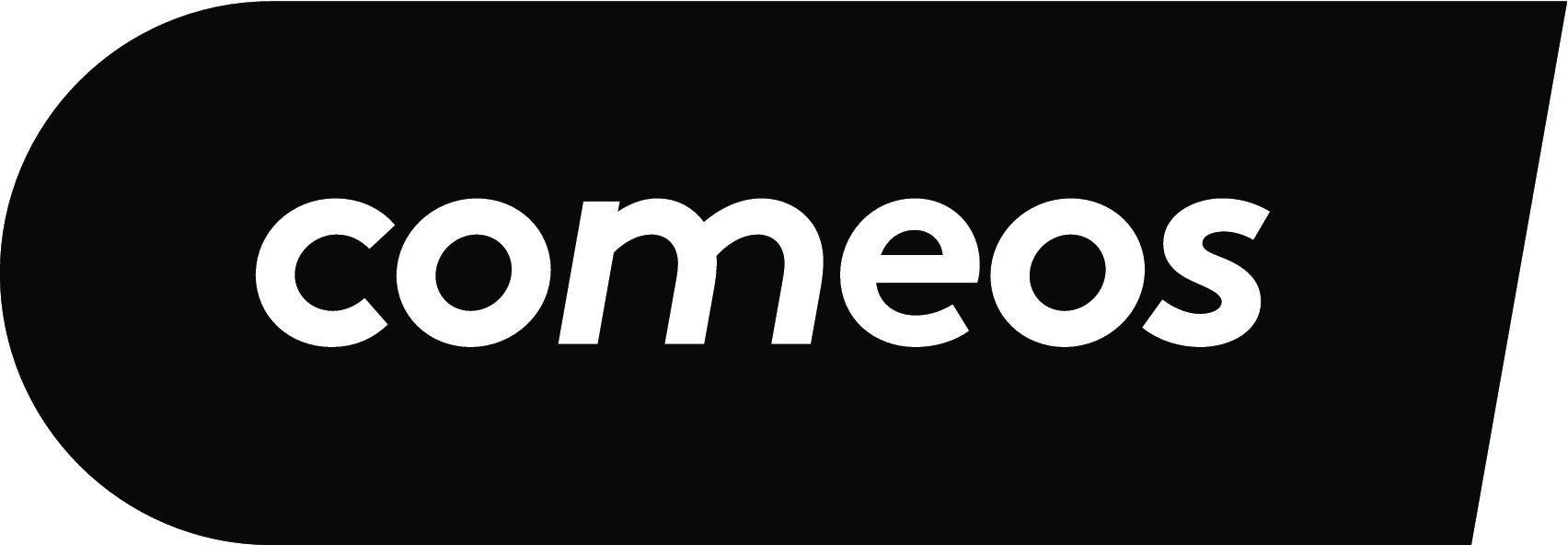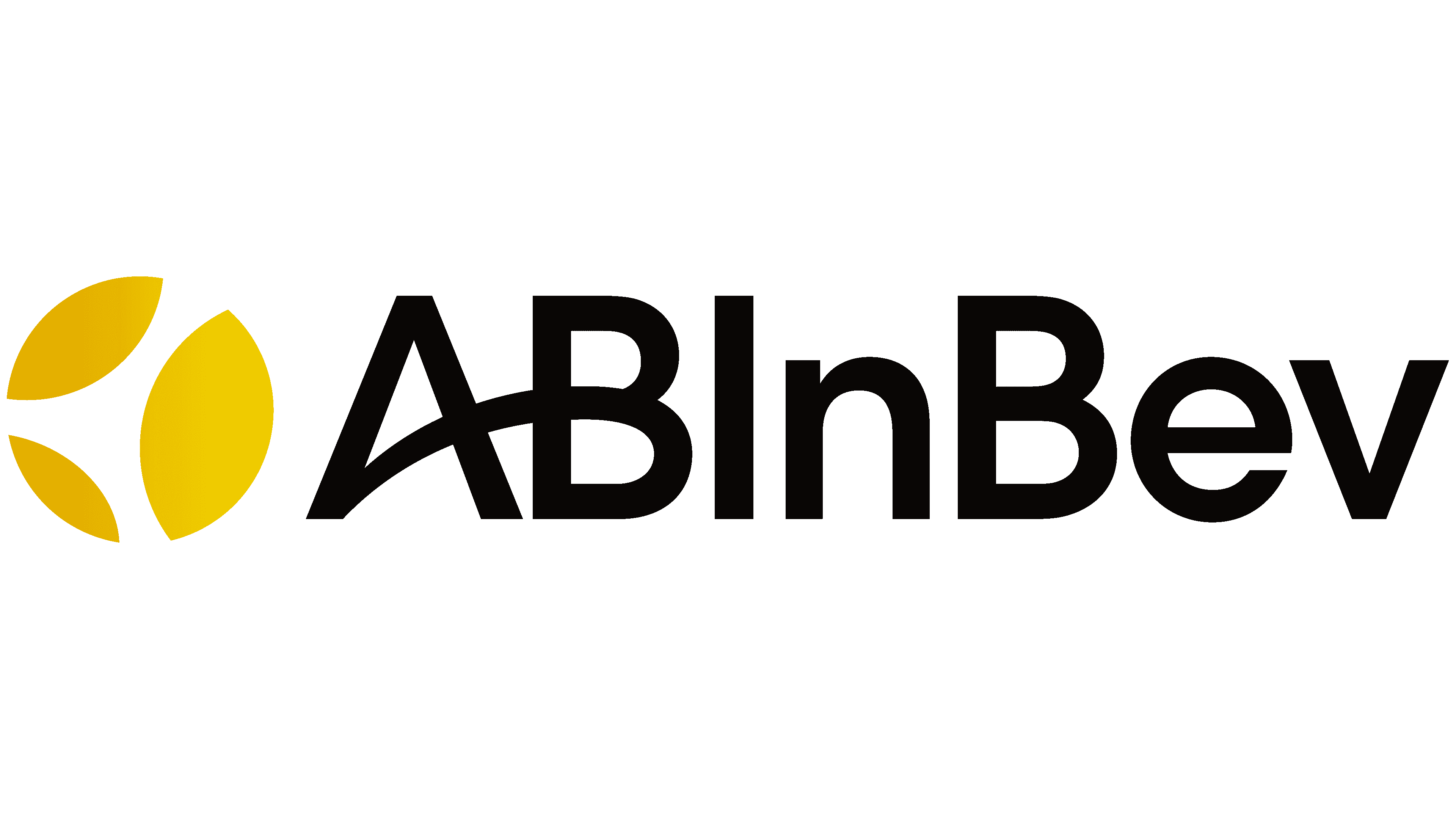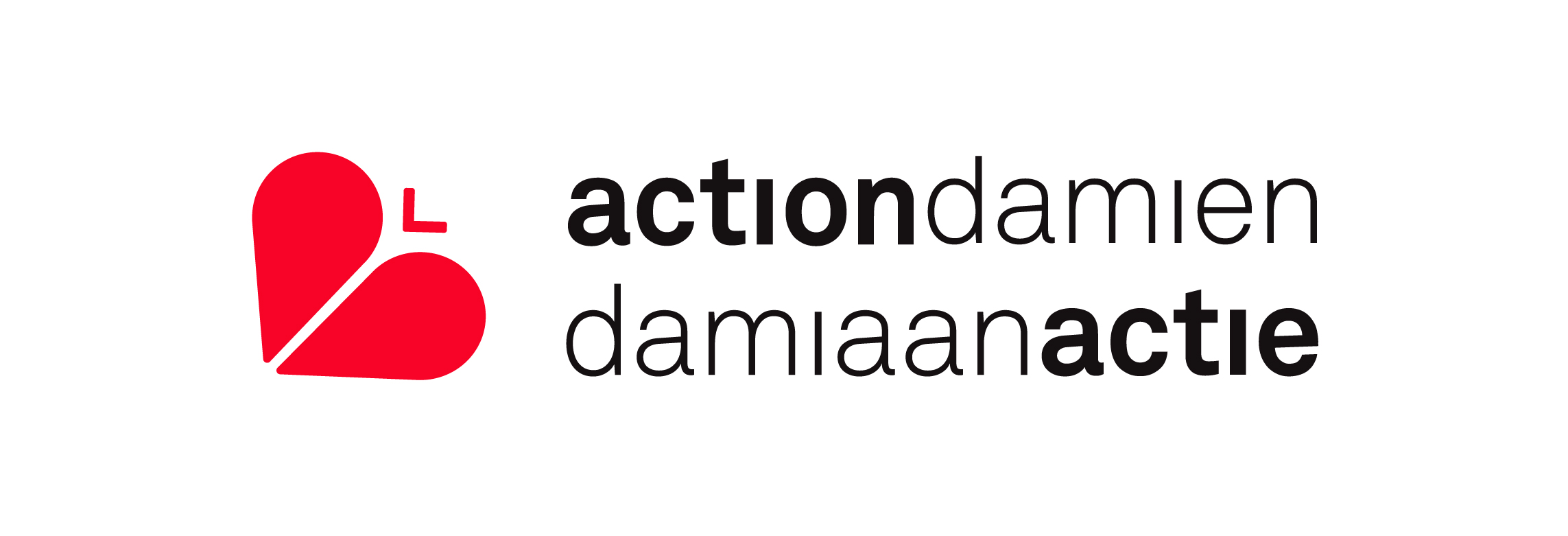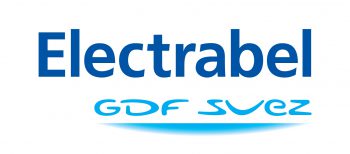In the last years, we’ve trained dozens of nonprofessional writers in how to create content marketing. It’s a lot of fun to see all this creativity, but we notice that the learning curve can be steep.
One thing that many new content marketers struggle with is the very beginning: what should I write about? It’s a very basic, and a very important question, and you should do yourself and your colleagues a favour by using a strong process to find something to write about.
Here’s how you should approach it: first, you should learn the difference between themes, subjects and ideas.
Theme: it’s your industry
Your theme is usually a given, as it will be defined by your industry and activity.
If you’re a business consultant, your themes will be things like business strategy, innovation, corporate culture, leadership. If you’re a fashion brand, your theme will be fashion, looking good and feeling wonderful.
Subject: the trigger – why are you writing about this today?
A subject is also quite easy to spot. Subjects are things that are already in the news or that should be in the news. The subject is the “trigger” of the story, the answer to the question: “Why should I write about this today?”
This could be: new research, new legislation, a new event, a new face in your industry, a familiar face that’s leaving the industry. The list is endless.
Test your subject with the question: why do I want to write about this today? If there’s no compelling reason to treat your subject here and now, maybe you should look for a more newsy subject – timeliness is one of the great drivers of attention.
As in investing, “the trend is your friend”. But everybody is doing it! Yes, I know. That’s why it’s a good subject. But a subject is not enough to start writing. (Step away from the keyboard!)
Apart from a subject, you also need an idea – an angle. Spotting a subject posing as an idea is not that hard. In my days as a journalist, I can’t count the number of times that someone in the newsroom offered a subject disguised as an idea. The question usually went something like: “Shouldn’t we do something with (name any subject that’s headline news)?”
At this point the entire newsroom looks at each other and says: yes, sure. But what exactly? If you can’t answer that question fast and convincingly, you don’t have an idea yet.
Summary: the good news is that everybody can find a good subject. Newspapers, tv shows and the internet are full of them. There are new laws, new innovations, new wars, new conflicts as well as new people bursting on the scene every day. What you need is to squeeze an idea out of your subject.
Idea: the angle – the “aha” moment
An idea is the angle of the story – the “aha” moment that you need to lift a story from mediocrity to newsworthy. Without it, you’re stuck in a boring no man’s land – you can write about a subject for hours, swapping sentences and paragraphs, only to find out after a day of work that your work just isn’t… interesting. That’s because you started writing before you identified an angle.
The angle is what will define your blog post and even the entire reading experience of your blog (or video, Slideshare,…). Even in a crowded field, if you consistently manage to find angles that are very specific to you, you will develop a unique and convincing brand voice.
A big subject can have hundreds or even thousands of angles, like:
- Will I get Covid? (USA Today)
- Can my cat get Covid? (Pets Magazine)
- Is the Covid outbreak actually the zombie apocalypse? (Buzzfeed)
- WHOA! Covid is wiping out the stock markets! (Business Insider)
We usually tell bloggers to use the “rule of three”. That means: throw away the first idea and throw away the second idea. Keep the third. The reasoning is that the first two ideas will be obvious. You have to force yourself or your brand journalists to dive deep into what you know, to come up with counterintuitive, provoking ideas.
Idea 1: “What does Obama’s election mean for African Americans” (boring)
Idea 2: “Barack Obama: finally a presidential role model for young African Americans” (boring)
Idea 3: “Why Barack Obama’s election might be the worst thing to happen to inner city African Americans” (at least worth looking into)
A good angle can often be summarized in a clickbait title
You’ll notice that we’re really looking for a title here – even a title that looks suspiciously like those clickbait titles that Huffington Post, Buzzfeed and other “viral” blogs are fond of.
That’s because a title forces you to choose an angle. You can’t say: “The Covid epidemic”. Nobody will read it. But what if the title is something like: “The Covid epidemic: how a small ski village infected an entire continent”. That gets people reading.
Look for titles that have two things going from them:
- They should pack a surprise. If it’s not surprising, it won’t be interesting. If it sounds like anyone else might have already written it, a 1000 other people have already written it. Try to find something new, or be prepared to work very, very hard to produce a piece of content that is exceptional.
- You should be able to prove them. How you prove them doesn’t matter: through scientific research, through qualitative interviews, through anecdotes, government reports, through real life experience or even by tallying, by hand, the number of deaths in the ‘Game of Thrones’ trilogy.
And another thing: be absolutely merciless for ideas in this phase. You should kill ideas in this phase with a sadistic pleasure, because if you don’t, they will come back and haunt you. Discarding ideas at this stage is ultra cheap. But a bad idea that is greenlighted will cost you huge amounts of time and money, and might even lose you readers in the end.
Once you have your idea, stick to it. Make it a controlling idea.
The “controlling idea”
Robert McKee, in his classic “Story”, talks at length about the “controlling idea”. In fiction, it’s a bit of a hard concept, but in non fiction it’s dead easy: it’s that title you just came up with.
The idea is controlling because once you defined it, you are not allowed to digress from it. McKee advises to write the controlling idea on a Post It, sticking it to your computer and eliminating everything from the story that doesn’t fit into the controlling idea. Yes, absolutely everything.
Your blogs should read like a Japanese bullet train. It’s the only way to convince readers to come back the next time.
































































































